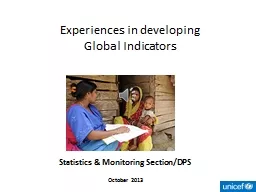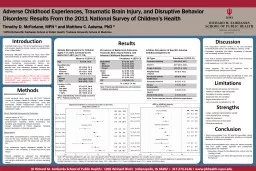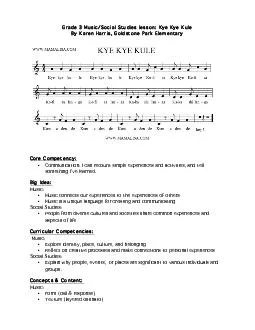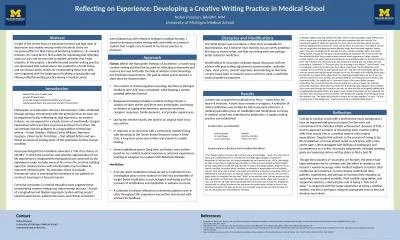PPT-Experiences in developing
Author : kittie-lecroy | Published Date : 2016-04-10
Global Indicators Statistics amp Monitoring SectionDPS October 2013 P ositioning global indicators Range of approaches taken for indicator development Useful
Presentation Embed Code
Download Presentation
Download Presentation The PPT/PDF document "Experiences in developing" is the property of its rightful owner. Permission is granted to download and print the materials on this website for personal, non-commercial use only, and to display it on your personal computer provided you do not modify the materials and that you retain all copyright notices contained in the materials. By downloading content from our website, you accept the terms of this agreement.
Experiences in developing: Transcript
Download Rules Of Document
"Experiences in developing"The content belongs to its owner. You may download and print it for personal use, without modification, and keep all copyright notices. By downloading, you agree to these terms.
Related Documents














